Heel to toe drop running shoes are a critical component in the arsenal of both novice and experienced runners. Whether you’re training for a marathon in the picturesque landscapes of California or enjoying a leisurely jog in a park in New York, understanding the concepts behind heel to toe drop can significantly impact your performance and comfort. In this article, we’ll delve deep into the technical aspects, cultural relevance, and practical tips associated with heel to toe drop running shoes, ensuring you have all the knowledge needed to make informed decisions.
The Basics of Heel to Toe Drop
Heel to toe drop, also known as offset, refers to the difference in height between the heel and the forefoot of a running shoe. Understanding heel to toe drop is essential as it influences your running form, biomechanics, and overall experience. Generally measured in millimeters (mm), here’s how it breaks down:
- Zero Drop (0mm): The heel and forefoot are level, promoting a more natural foot positioning.
- Low Drop (1-4mm): Encourages a more midfoot strike, suitable for experienced runners.
- Moderate Drop (5-8mm): A balanced option for runners transitioning from traditional shoes.
- High Drop (9mm and above): Provides additional cushioning, often preferred by those with heel striking patterns.
Why Heel to Toe Drop Matters
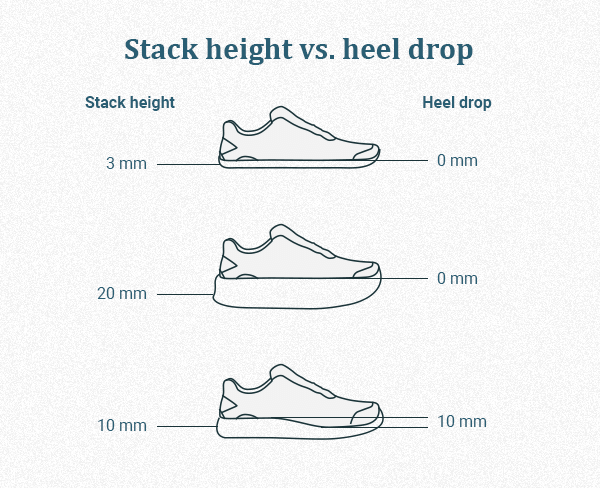
The height difference in heel and forefoot influences running mechanics. A significant drop can lead to overstriding and heel striking, which may result in injuries like IT band syndrome or plantar fasciitis. Conversely, a lower drop may facilitate a more efficient running form but can lead to calf strain for those unaccustomed to it.
Choosing the Right Heel to Toe Drop for Your Running Style

Different runners have unique preferences and biomechanics. Choosing the right drop can make a substantial difference in your running experience. Here, we break down the ideal drops based on running style.
Heel Strikers
- Recommended Drop: 10mm or more
- Why? Higher drop shoes provide ample cushioning for the heel strike, reducing impact on joints.

Midfoot Strikers
- Recommended Drop: 5-8mm
- Why? A moderate drop promotes a natural transition while still offering some cushioning.
Forefoot Strikers
- Recommended Drop: 0-4mm
- Why? Minimal drop encourages a more natural running form, reducing reliance on heel cushioning.
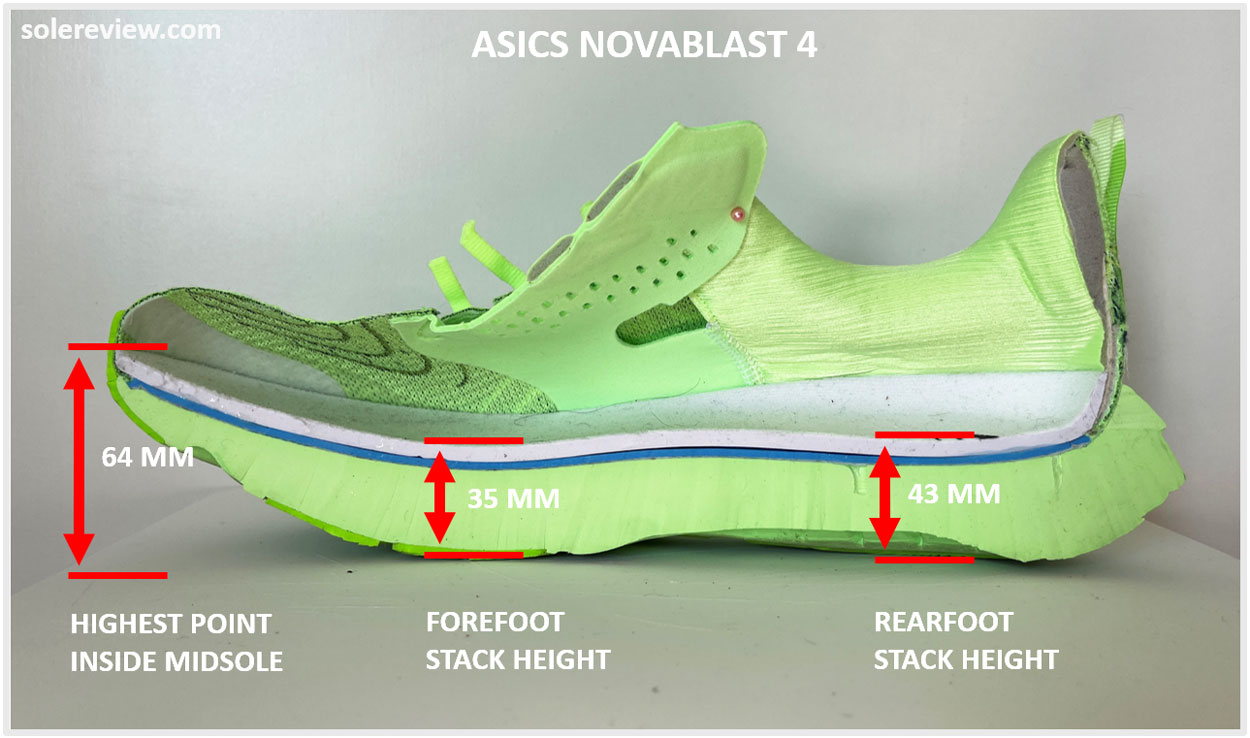
Comparative Analysis of Popular Heel to Toe Drop Running Shoes
Top Running Shoe Brands and Their Offerings
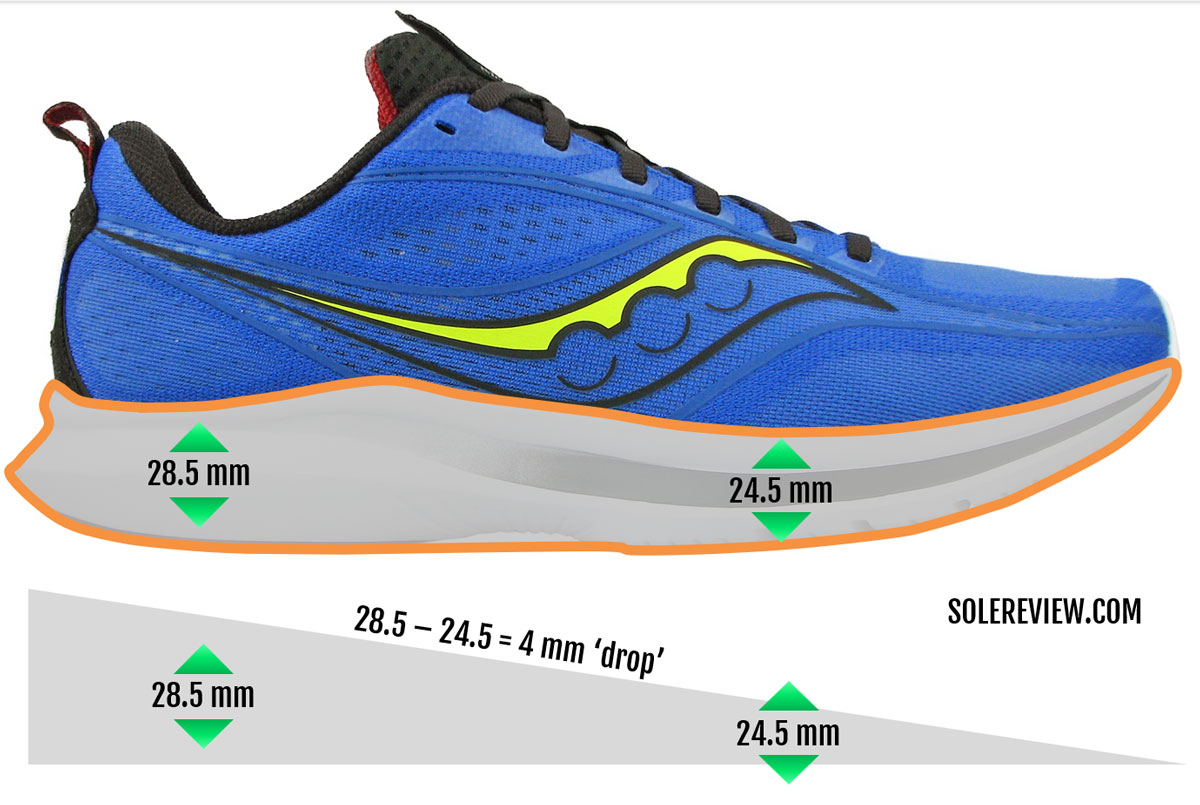
| Brand | Model | Heel to Toe Drop (mm) | Cushioning Type | Price |
|---|---|---|---|---|
| ASICS | GEL-Kayano 28 | 10 | Gel cushioning | $160 |
| Nike | Air Zoom Pegasus 38 | 10 | Zoom Air cushioning | $120 |
| HOKA ONE ONE | Bondi 7 | 4 | Compression-molded EVA | $160 |
| New Balance | Fresh Foam 1080v11 | 8 | Fresh Foam cushioning | $150 |
| Altra | Escalante 2.5 | 0 | Altra EGO foam | $140 |
Tips for Transitioning to Different Heel to Toe Drops

Switching your heel to toe drop can be a significant change for your body. Here are some tips to help ease the transition:
1. Gradual Transition
Start with shorter runs in your new shoes and gradually increase the distance as your body adapts.
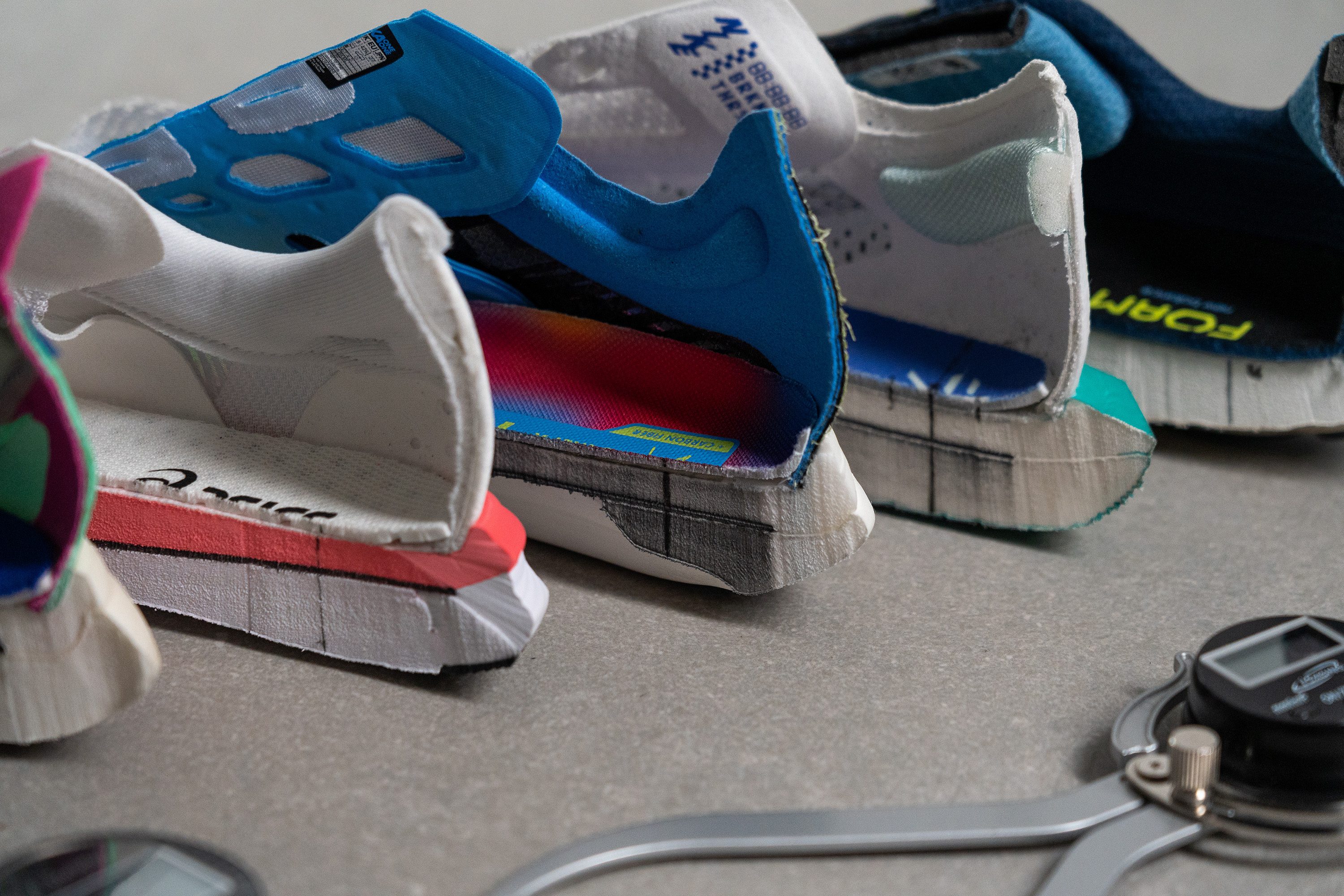
2. Strength Training
Focus on strengthening your calves, Achilles, and foot muscles to prepare for the changes in your gait.
3. Monitor Your Form
Pay attention to your running form, especially your foot strike. Adjust your stride length and foot placement as needed.
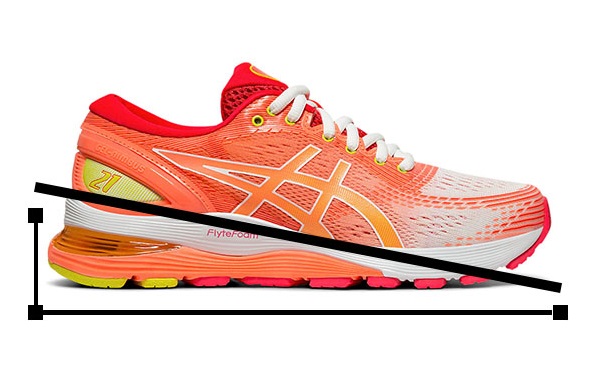
4. Listen to Your Body
Be aware of any signs of discomfort or pain and take breaks as necessary. It’s crucial to respond to your body’s signals.
Pros and Cons of Different Heel to Toe Drop Running Shoes
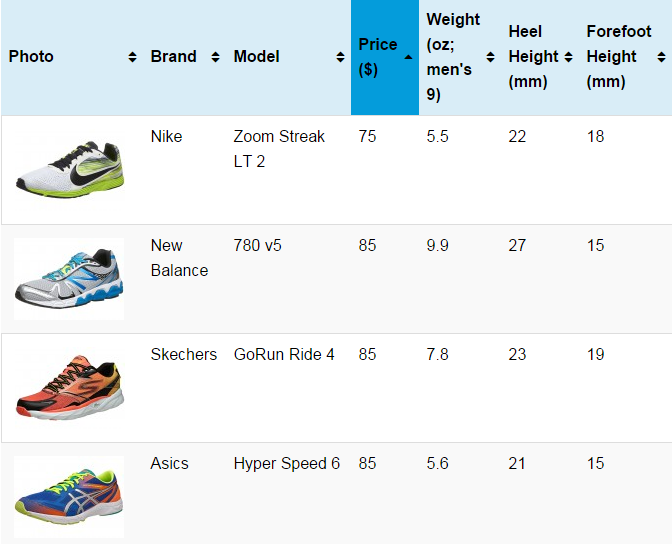
High Heel Drop Shoes
Pros:
- More cushioning for shock absorption.
- Ideal for beginners and heel strikers.
- Helps in reducing impact on lower joints.
Cons:
- May lead to overstriding.
- Can foster dependency on cushioning.
Low Heel Drop Shoes
Pros:
- Encourages a more natural running form.
- Strengthens foot and calf muscles.
Cons:
- Increased risk of injury for heel strikers.
- May cause calf discomfort during the transition period.
Popular Technologies Used in Heel to Toe Drop Running Shoes
Modern running shoes incorporate various technologies that enhance performance and comfort. Here are some prominent ones:
1. EVA Foam
Ethylene Vinyl Acetate (EVA) foam is a popular cushioning material that provides flexibility and comfort while remaining lightweight.
2. Gel Technology
Brands like ASICS utilize gel cushioning to absorb shock while ensuring responsive performance.
3. Air Cushioning
Nike’s Air Zoom technology incorporates air units in the sole for lightweight cushioning and impact protection.
4. Natural Motion Technology
Altra’s FootShape™ design promotes a more natural foot positioning to enhance comfort during runs.
Cultural Perspectives on Running and Heel to Toe Drop
Running is more than just a sport; it’s a lifestyle woven into the fabric of many cultures, especially in the United States. From the annual Boston Marathon to local 5Ks held in community parks, the running community thrives on shared experiences. Understanding heel to toe drop is vital not only for performance but also as a conversational point among runners. Engaging in training groups or local running clubs encourages sharing tips about shoe preferences, which often leads to deeper discussions about individual needs based on running style.
Frequently Asked Questions (FAQs)
1. What does heel to toe drop mean in running shoes?
Heel to toe drop refers to the difference in height between the heel and the forefoot of a running shoe, influencing your gait and running mechanics.
2. How do I choose the right heel to toe drop for my running style?
Choose a higher drop (9mm+) if you are a heel striker for better cushioning, while a lower drop (0-4mm) is better for midfoot and forefoot strikers.
3. Can a higher heel drop cause injuries?
Yes, a higher drop can lead to overstriding and other biomechanical issues that may result in injuries like joint pain or tendonitis.
4. How do I transition to a lower drop running shoe?
Transition gradually by increasing mileage slowly, integrating strength training for your legs, and adjusting your running form as you adapt.
5. Are there any specific running events in the USA focused on heel to toe drop?
While events may not be specifically tailored to heel to toe drop, local running clubs often discuss and recommend shoe types during training sessions, providing insights based on collective experiences.
Citations and Further Reading
For additional insights on heel to toe drop running shoes, check the following resources:
- Heel-to-Toe Drop and Injury Risk in Runners – National Center for Biotechnology Information
- Running Footwear and Injury Risk – Frontiers in Psychology
- Best Running Shoes for Heel Strikers – VeryWell Fit
By understanding heel to toe drop running shoes, you empower yourself to make informed choices that enhance your running experience, reduce injury risks, and elevate your performance. Join the community of runners who prioritize comfort and efficiency and take your running journey to new heights!